Grepolis Review
Pros: Feature heavy elements, PVP is the primary focus
Cons: Tedious early gameplay that repeats itself, blocks on progression due to long build times
Gameplay: 6
Graphics: 6
Performance: 9
Overall: 7
We checked out InnoGames’ ancient Greek city building strategy game Grepolis recently, a browser based free to play MMO that has been around for quite some time now with its initial release in 2009, the game offers traditional resource gathering elements with building up a city, an army and then using them to conquer and expand. We tried out the game for a couple of hours to try and get an idea of just what Grepolis is all about and whether it’s good enough to compete in a fairly popular and populated genre.
With browser strategy titles it’s fair to say that a lot of what makes them great isn’t immediately obvious, it takes time and commitment to get yourself to a place where you get the most out of the game, unlock more of the features and have put yourself in a position where you can compete against other players and feel invested in the game. Grepolis is no different, we didn’t go into the game fresh expected to be amazed and suddenly enthralled, unable to put the game down after we’d finished our review. What we were mainly interested in was the early game experience, what is put in place for the newcomer who upon starting to play the game can see the glimpse of what is on offer and what the game will be like if they just stick with it.
Spoiler: we wouldn’t stick with the game.
The main premise of Grepolis’ gameplay is to build up your city and build an army to defend it from other players who can attack it in PVP and steal resources; there doesn’t appear to be any particular victory conditions and instead is just a persistent world where you keep playing, keep getting stronger and ultimately compete to be at the top of the ranks. To build up a city you have a pre-designed piece of artwork with various buildings placed around it, the typical farm, mines, lumber yard, market, barracks, etc, and each building has a rank that determines how efficiently it produces resources or gives access to improved troops in the case of the barracks. To upgrade a building’s rank you need to use your stored resources (Wood, Silver and Stone) and then click the buildings upgrade button; initial early ranks take five minutes to upgrade, but any construction timer that goes below five minutes can then be instantly completed. Simple concept; easy to grasp.
Resources are acquired through conquering opponents in PVP (which we couldn’t attempt as you need ships, and it didn’t feel like we were anywhere near unlocking them), through attacking PVE enemies or through quests. Quests helped out as they would task us with upgrading one of our buildings and give us more resources as a reward, which in turn would essentially be spent on the next quest that would task us with upgrading another building, and then another, and another until we’d upgraded pretty much all of them.
Now you may be thinking “This is a lot of detail telling us how you upgrade buildings, does it need to be this detailed for a review of the game?” Normally we’d agree, unfortunately, this is pretty much all we got to do for the 2+ hours that we spent playing. Upgrading buildings and completing quests; the process taking a little longer as we got to higher upgrade ranks that would take six minutes (and so have to actually wait for a minute until we could insta-complete) up to getting to rank eight buildings that required sixteen minutes to upgrade, taking into account you can only upgrade one building at a time and further buildings are added to an additional building slot and start construction after the first is finished.
The only other primary content was combat against the PVE Barbarian Camp, which consisted of clicking the world map, clicking the camp icon where we’d see how many units were defending, select all of our units and then send them for a fight. A few minutes later we’d get a message saying we were successful. Not the most thrilling combat experience we must say.
There are other features, but they revolve around assigning advisors, or choosing which deity to worship in order to get different boosts, or using the market to trade with other players (pretty much everyone was trying to sell stone and buy wood, and we were no different). They offer nothing but momentary distractions that are nothing more than selecting an option and moving on; the bulk of the gameplay was mind-numbingly boring and just a constant cycle of the same tasks. Getting our buildings to rank 8 and the sixteen minute build time was pretty much where we called it a day, we’d reached the point where we couldn’t keep playing and the game had gone into to “come back and check later” mode as far as gameplay was concerned.
Whilst a strong late game keeps players playing, a strong early game actually makes them interested in playing, and quite honestly what we played was just boring. With lots of intricate menus, espionage against players, PVP, alliances and the competitive element we can see where the game might become entertaining, and to have it as a casual game to play on your mobile or just jump into on the PC every so often to see where you’re at, then it might be decent. Unfortunately it takes a lot of patience to reach the point where the game offers any immediate gratification and that is probably the hardest thing to get over.
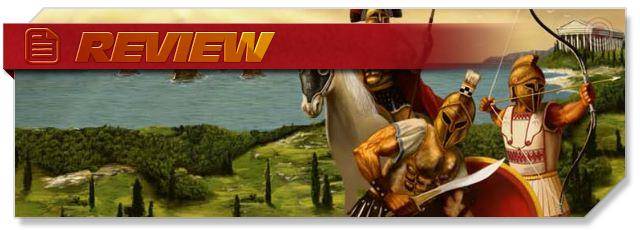
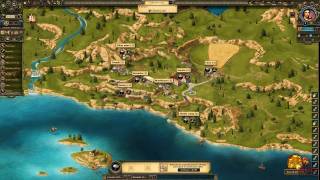
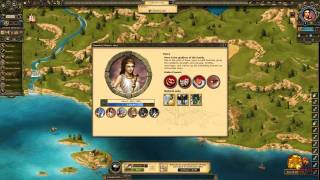
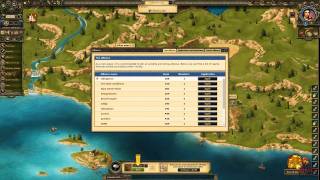
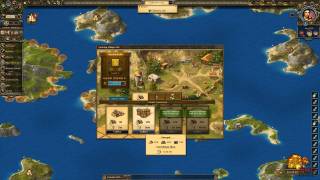
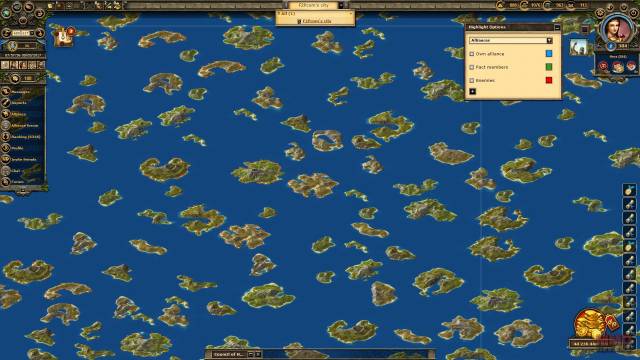
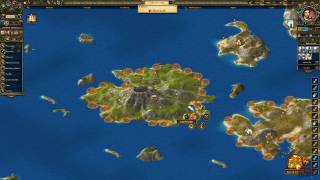
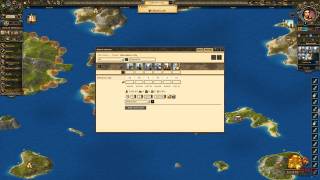
Deja tu comentario
You must be logged in to post a comment.